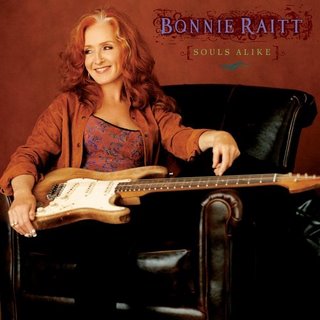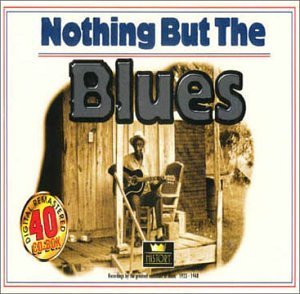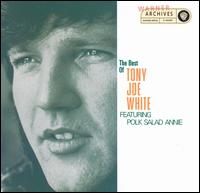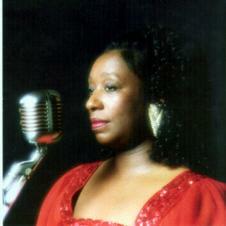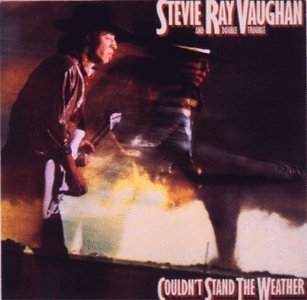Nothing But The Blues XV
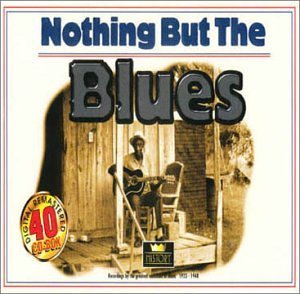 Arthur 'Big Boy' Crudup may be different. Arthur 'Big Boy' Crudup may be lesser known. But....Arthur 'Big Boy' Crudup is definitely not a 'lesser god', or of lesser importance. On the contrary.
Arthur 'Big Boy' Crudup may be different. Arthur 'Big Boy' Crudup may be lesser known. But....Arthur 'Big Boy' Crudup is definitely not a 'lesser god', or of lesser importance. On the contrary.Arthur Crudup was born in 1905 in Forest, Mississippi. Although he came from a very musical family and he had been singing in church choirs ever since he was 10, he didn't take up the guitar until he was 32! And than he taught the guitar himself. He immediately started working as a street musician all over the delta. But it wasn't until that time that he for the first time heard records of Tampa Red, Big Bill Broonzy and Memphis Slim.
Most of these old 'warlords' got there nickname as a young boy from there family (muddy waters), from there producer (big Bill Broonzy) or from their audience (Mojo Buford). Not Arthur Crudup. He started to call himself Big Boy the moment he started to play the guitar.
Arthur 'Big Boy' Crudup started making Blues at a late age. He never really became a 'grand master' on the guitar. But we all know his music. Arthur went into history as the 'Father of Rock 'n' Rolll' inspiring people like John Lee Hooker, B.B. King, Lightnin' Hopkins, Elvis Presley, etc.
Big Boy's recording career started in the early 40's and went on till the mid 50's.
The recordings on this disc all date from 1941 (Tracks 3,7,8 and 9), 1942 (tracks 1,2,4,6,10 and 12), 1944 (tracks 5,11,13 and 14), 1945 (tracks 15,16,19 and 20 ) and 1946 (tracks 17 and 18). I'm not really sure if the 1941 recordings are from Big Boy's first recording sessions ever. If not, then they are from one of his first recording sessions. Although Arthur is credited for all these songs, none of these songs he wrote alone. Most of these songs he wrote together with R. Knowling, with whom he kept on writing during the remainder of his career.
The password = "scrooge".

